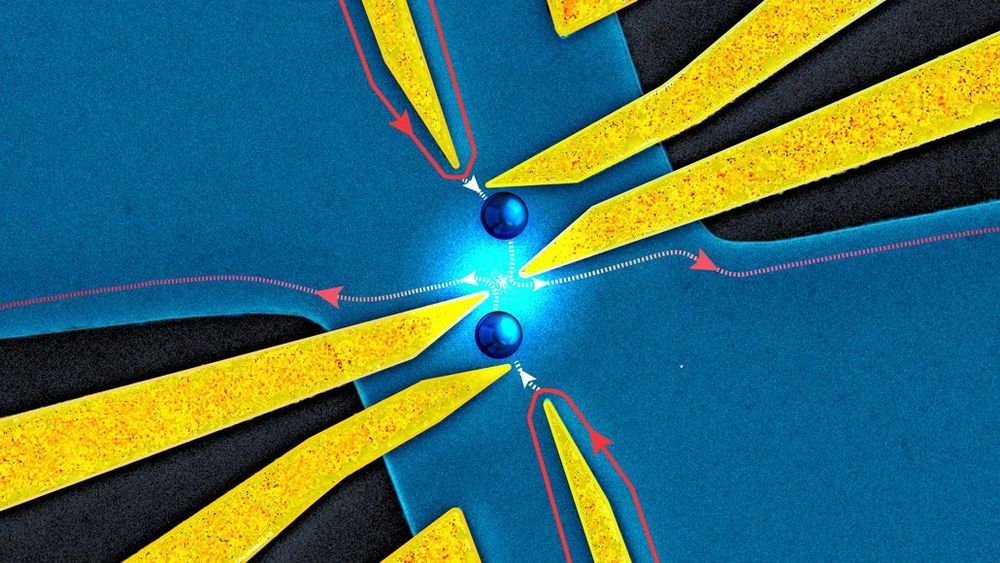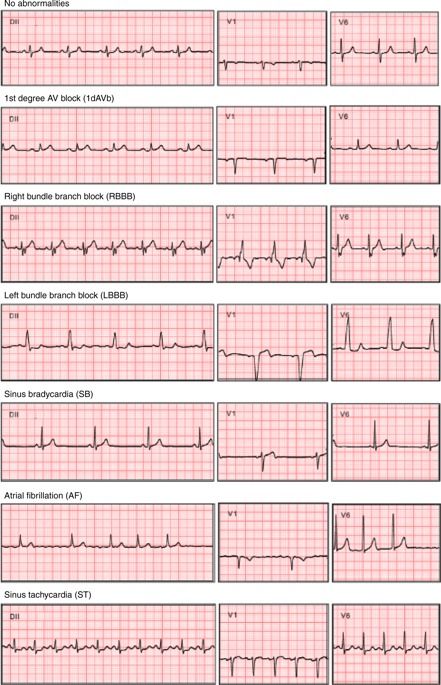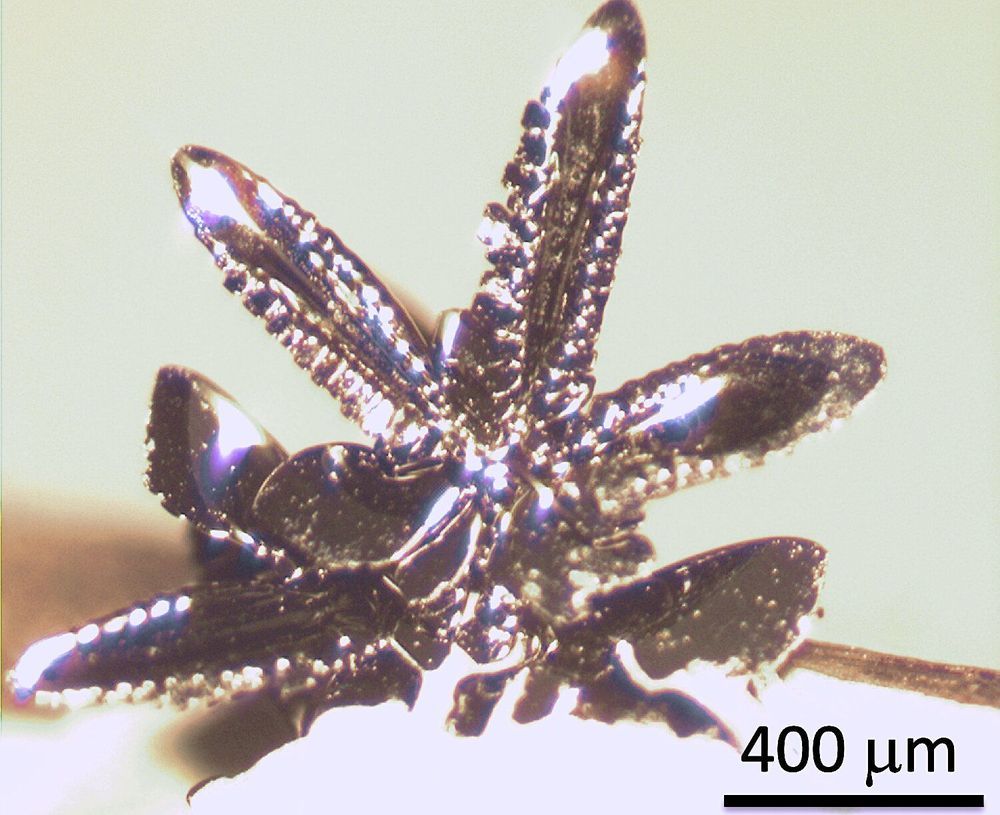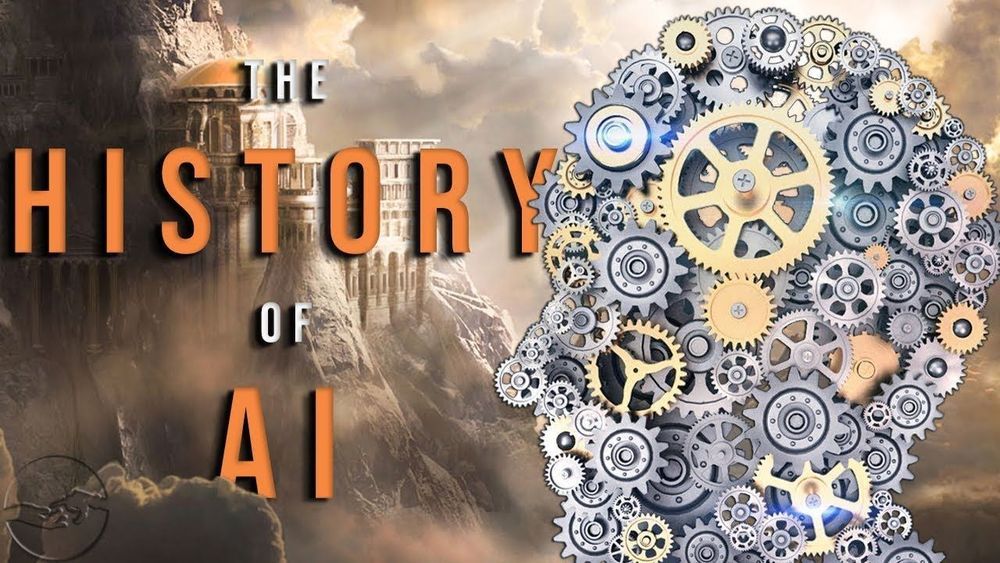Sometimes, two dimensions are better than three.
In the three-dimensional world we live in, there are two classes of elementary particles: bosons and fermions. But in two dimensions, theoretical physicists predict, there’s another option: anyons. Now, scientists report new evidence that anyons exist and that they behave unlike any known particle. Using a tiny “collider,” researchers flung presumed anyons at one another to help confirm their identities, physicists report in the April 10 Science.
All known elementary particles can be classified either fermions or bosons. Electrons, for example, are fermions. Bosons include photons, which are particles of light, and the famed Higgs boson, which explains how particles get mass (SN: 7/4/12). The two classes behave differently: Fermions are loners and avoid one another, while bosons can clump together.









